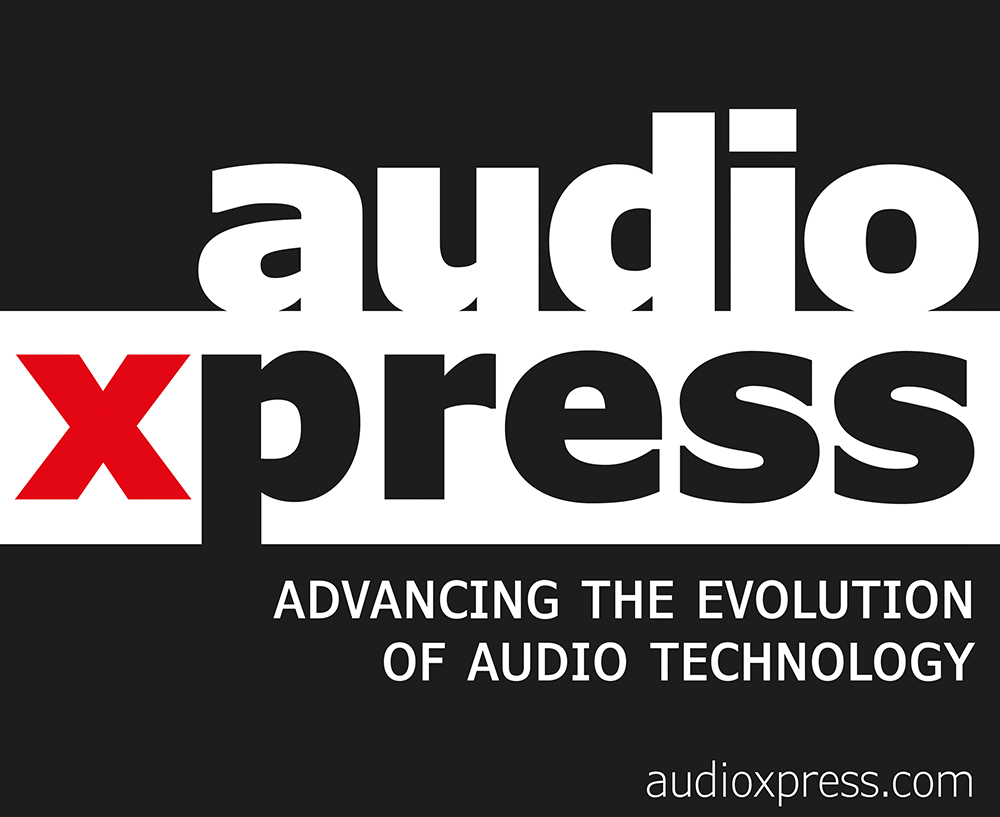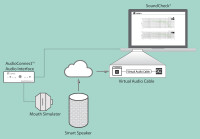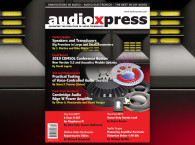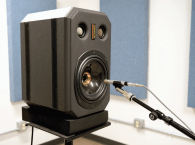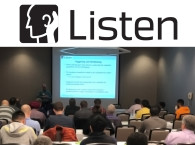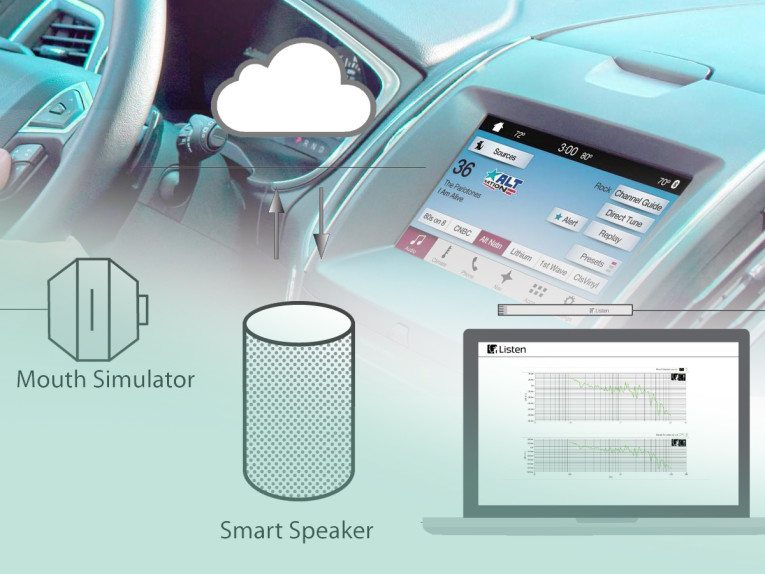
Smart devices such as smart speakers, hearables, wearables, robots and voice-controlled car entertainment systems are notoriously complex to test. They have numerous interfaces from Bluetooth to cloud-based/Wi-Fi, and contain much signal processing, both on the record side (e.g., beamforming and background noise filtering) and on the playback side (e.g., loudness and active noise cancellation).
This means that their characteristics change according to “real-world” conditions such as the physical environment and background noise. Furthermore, their multifunctional nature means there are many aspects of the device that may need to be tested, ranging from voice recognition to music playback or even operation as a hands-free telephone. Due to their complex nonlinear use cases, these devices often need to be tested at different levels and different environmental conditions (e.g., different physical setups and background noise, different signals etc.).
Although as yet there are no standards for testing smart devices, we can borrow principles and test configurations from many other audio devices and use existing standards such as the European Telecommunications Standards Institute (ETSI) and The Institute of Electrical and Electronics Engineers (IEEE) background noise and telephone test standards. Flexibility of the test system, and experience with testing a wide range of acoustic devices is critical to enable a device to be completely characterized.
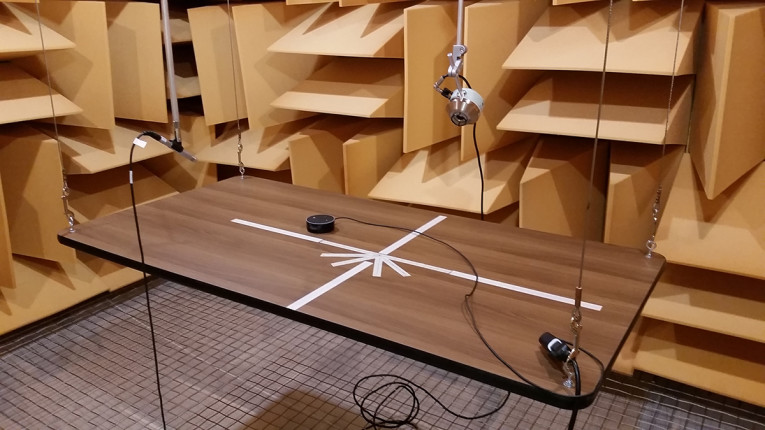
In this article, we will discuss how to implement basic acoustic tests and then discuss some of the more complex real-world tests that may be carried out on smart speakers and other smart devices, along with the techniques and standards that may be used. Finally, we present a check list of the test-system functionality you should look for when choosing a system to fully characterize a smart speaker or other smart devices.
This article was originally published in audioXpress, April 2019
Read the Full Article Now Available Here
